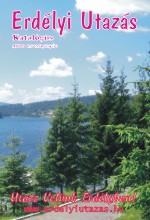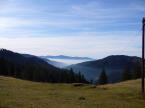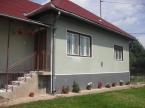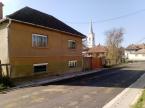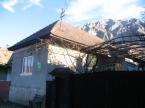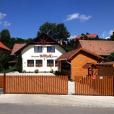Information
Bologa is a village in the Cluj county, Transsylvania, Romania.
Geography
46.89190 N, 22.87970 E (position of the Medieval fortress)At the confluence of the Crişul Repede and Hent (Sebes) rivers (the confluence is known as "gura apelor"="the mouth of rivers" in the local toponymy).
Transportation links: on the European route E60. Small railway stop ("halta" for "Personal"=slow trains) on the Oradea-Cluj-Napoca main Romanian railroad. On the national road 128 which heads South towards Sacuieu.
Antiquity
A Roman castrum called Resculum is the oldest documented settlement in the area. It was built around 106 AD, as a garrison for the “II Cohortis Hispanorum” (see Dux), whose mission was probably to defend the Roman empire border, which passed through the area. As the Romans tried to tighten their hold on the region during the 2nd century A.D., they brought in colons to the village from Greece, possibly from Patras.
Middle Ages. The fortress
On the opposite bank of the Hent (Sebes) river, on top of a steep hill lies one of the first Hungarian fortresses in Transsylvania, which was mentioned for five centuries as Sebesvar (also spelt Sebesuar, Sebeswar), featuring on most Middle-Age maps of the region. Probably due to the fortress, the place was also known as Varallya ("under the fortress") or Sebesvaralja. The fortress was first attested in 1319.The Hungarian king, Sigismund of Luxembourg after signing the alliance treaty against the Turks in 1399 gave the fortresses of Bran and Bologa to Wallachia's prince Mircea cel Bătrân.
In the mid 20th century the tower of the fortress lost its roof, probably the last wooden element of the ruins. All that remains is stone.
Modern times
Probably it was after the Romanian unification (1918) that the current name (Bologa) was assigned. The etymology is not clear (please improve).A stone quary was opened in 1930 providing granit for the Budapest-Bucharest road. The quary was later on taken over by the Romanian railways, most of whose terassaments are made of stone from the area. After 1989 the quary was privatised and did not do very well comparing to neighbouring quaries, but the upcoming highway projects in Romania are expected to change this.
Timber industry is also active in the area.
Agriculture is widely practiced but the area only allows for the individual needs of the land owners.
Today
Most of today's village (around 700) inhabitants are ethnic Romanians, probably descendents of the original Roman population and its indigenous Dacian component. The majority of inhabitants have the surname Potra, which according to accounts is a link to the colons from Patras (the Potras/Patras variation exists in other Greek-related names too).
External links
- "Transilvania" map by Ortelius, 1570. Bologa/Sebesvar is just above and to the right from the OCCIDENS indicator at the middle left of the map. This map is a color copy of the oldest known map of Transsylvania ( Honter, 1532)
- The fortress and the stone quary today
- The whirlpool at Bologa, a natural washing machine!
- The fortress of Bologa
- A description in Hungarian, featuring a coat of arms and very old photography
- An instance of the Potras/Patras name variation

 English
English



